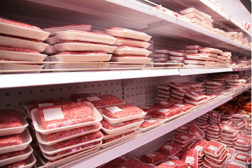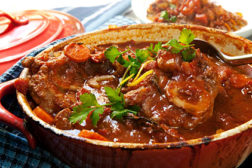Home » food safety
Articles Tagged with ''food safety''
A better (shelf) life
Natural shelf-life extenders sound appealing, but they also have seasonal and food-safety concerns.
Read More
SPECIAL REPORT | STATE OF THE INDUSTRY
Making strides, with work still to do
2013 State of the Industry: Food Safety
Read More
SPECIAL REPORT | STATE OF THE INDUSTRY
Veal meets consumer expectations
2013 State of the Industry: Veal
Read More
Regulations & Legislation
A ‘tender’ subject
FSIS issues proposed rule on labeling of non-intact raw or partially cooked beef products.
Read More
Texas Tech University | Higher Education
Faculty, facilities make Texas Tech a premier ag school
August 8, 2013
Cover Story | Blue Grass Quality Meats
Blue Grass’ family tradition
The Rice family’s commitment to quality meats and customer service dates back 5 generations.
Read More
Stay ahead of the curve. Unlock a dose of cutting-edge insights.
Receive our premium content directly to your inbox.
SIGN-UP TODAYCopyright ©2024. All Rights Reserved BNP Media.
Design, CMS, Hosting & Web Development :: ePublishing













